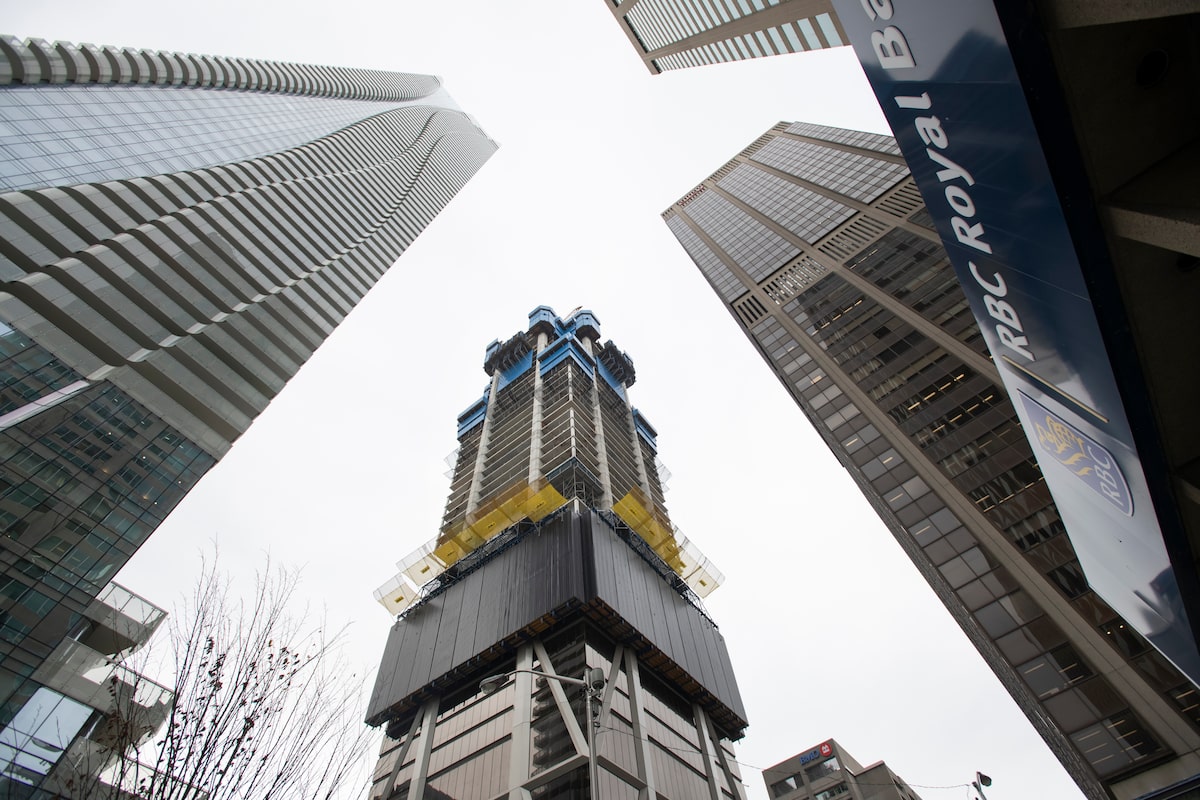The federal Liberals and Conservatives want to “solve” the housing crisis by making it easier for builders to build new units.
Sadly, with interest rates and construction prices at current levels, it seems unlikely that private companies will be able to provide the 3.5 million houses we need to restore affordability.
We need all levels of government to start building housing, not just wait for white knights from the private sector to ride in and save our middle class dreams.
Residential property developers are facing rising insolvencies as they struggle with higher borrowing and construction costs – and industry experts warn the trend is likely to worsen as interest expenses remain elevated.
…
At this pace, Canada is on track to reach about 240 real estate insolvencies this year, which would be 57-per-cent higher than 2023 and 13-per-cent higher than 2009, when a wide swath of businesses ran into problems owing to the financial crisis and global recession.
…
And that does not include the number of developers and projects that have been forced into receivership for not paying bills. The Office of the Superintendent of Bankruptcy does not include receiverships with its publicly available bankruptcy statistics. However, insolvency experts say they are seeing more projects go into receivership.
So far this year, the real estate sector accounts for 55 per cent of the receiverships recorded by Insolvency Insider Canada, a website that tracks the largest insolvencies in the country. That compares to 30 per cent last year and 33 per cent in 2022.
…
Today, the cost of residential construction is 81-per-cent higher across Canada’s major cities compared to 2017 and more than double – up 107 per cent – in the Toronto region, according to Statscan data.



I mean there is actually increasing demand so I’m not really sure if this is an example of corporate greed or if it’s just a realistic adjustment to the market. If the government is effectively subsidizing housing starts, it’s pretty reasonable to expect that without removal of tariff barriers and trade barriers for building materials, that the price of building materials would just increase in Canada overall. The only variables that Canada can really control is the price of softwood lumber due to the prevalence of stumpage fees, and the cost of importing foreign skilled trades labour (which is vehemently opposed by trade unions in Canada.) I can only hope that your plant is reinvesting its profits into increasing supply instead of paying out dividends, which would improve the ability to facilitate housing starts in the long run.